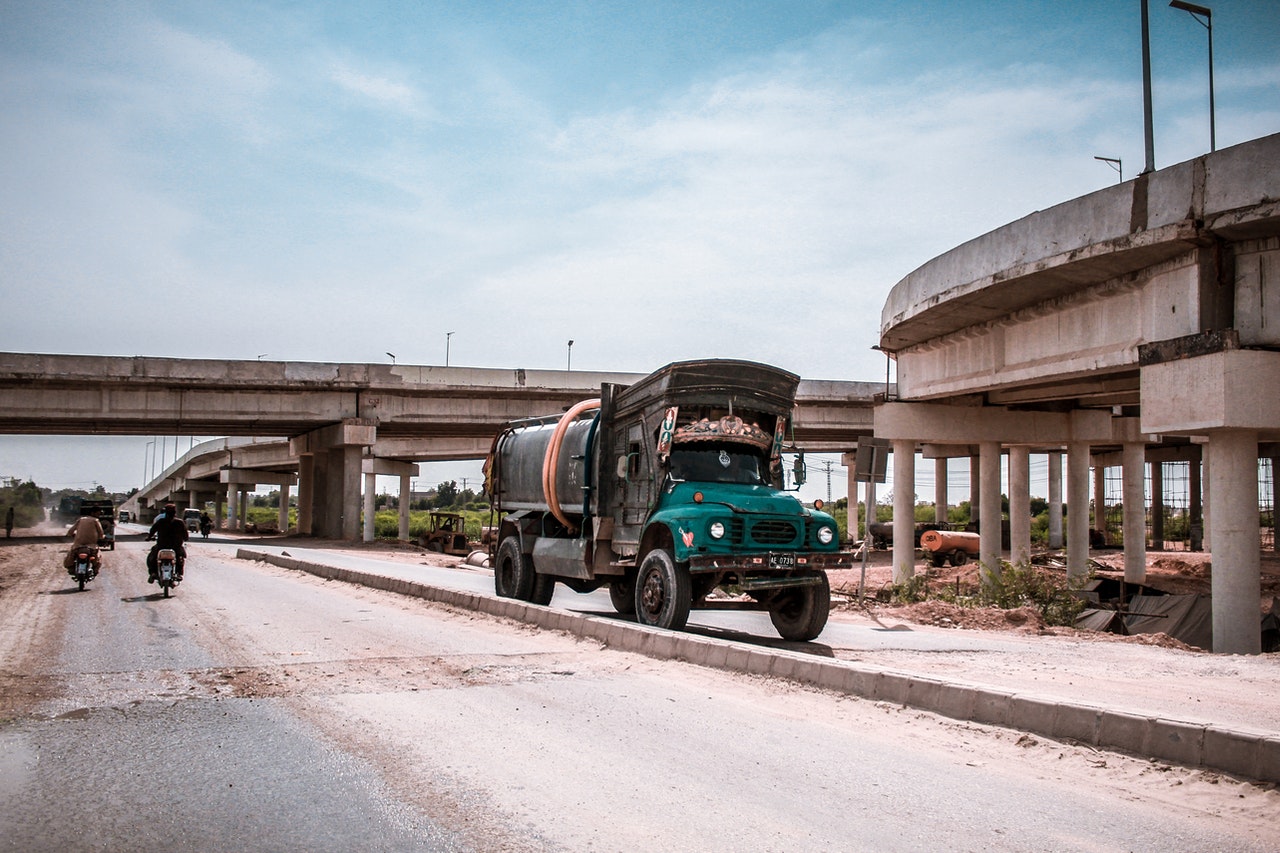Pakistan now ranks 5th amongst climate vulnerable countries in the world, making it very susceptible to climate emergencies and the untold misery that such events bring for the people of the country. Working towards a Green Economy, despite initial higher costs, is the only sustainable way forward. Abdul Wahid examines the various issues involved in adopting more green policies and practices.
Transitioning to a green economy, marked by reduced carbon emissions, efficient resource utilisation and social equity is a topic of critical importance, especially for low and middle-income countries like Pakistan. The debate revolves around the dual objective of achieving sustainable economic growth now whilst safeguarding the planet for future generations. Pakistan’s vulnerability to climate change makes this transition essential. According to the 2023 UN Report, Pakistan is the fifth most vulnerable country to climate change, with climate disasters causing significant damage, affecting hundreds of thousands of people and displacing millions from their homes, resulting in approximately PKR 3.3 trillion (US$ 11 billion approx.) in losses.
Beyond the climate emergency, compelling arguments in favour of a green economy are rooted in its economic benefits and Pakistan’s potential to embrace green practices. Realising this transition requires collaborative effort from various stakeholders, starting with the government, which must provide targeted public spending, implement policy reforms and make necessary adjustments in taxation and regulation to support green initiatives. Another crucial stakeholder is the private sector, who will be responsible for enhancing resource efficiency during production by utilising renewable energy sources and minimising natural resource consumption.
The third, and perhaps most crucial, stakeholder is the community itself, whose willingness to invest in environmentally friendly products and services is pivotal in the realisation of a green economy. Although these options may be costlier in the initial phases, they promote an eco-friendly lifestyle with minimal consumption of natural resources. This aligns with the principles of sustainable consumption and production, aimed at improving production methods and consumption habits to reduce resource usage, waste generation and emissions throughout the life cycle of processes and products.
*
To evaluate Pakistan’s readiness for a green economy, it is essential to assess the state’s capacity and institutional framework. The Ministry of Climate Change and Environmental Coordination has introduced several climate policies including the National Electric Vehicle Policy, which incentivises adoption of electric vehicles by reducing customs duties and taxes on imports, and offering toll rebates. This policy targets the transport sector, responsible for a significant 43 per cent of airborne emissions. However, the transition to electronic vehicles faces economic viability challenges as electric vehicles remain more expensive than traditional ones, and infrastructural support (like re-charging stations) is lacking.
Pakistan is currently burdened by various deficits including fiscal, current account and trade balance deficits, along with circular debt and debt-servicing obligations, limiting its ability to invest in green initiatives. Over 90 per cent of subsidies are allocated to the crude oil sector, making electricity and fuel more affordable but hindering the shift to renewable energy sources. However, Pakistan possesses enormous potential for solar and wind power generation, with abundant sunlight and favourable weather conditions. Its coastal belt alone offers a potential of 50,000 MW of electricity through wind turbines. Several private wind projects are operational, currently producing 1,335 MW, and more are under construction.
In the last five years, six solar power projects with a combined capacity of 430 MW have begun operations, supplying electricity to the grid and aiming to serve at least one million customers. They are poised to add around 3,000 MW of solar power through net metering (NEM). Transitioning the energy sector towards green alternatives could lead to reduced electricity costs and alleviate pressure on Pakistan’s trade balance due decline in imports of crude oil which is approx. US$30 billion+. However, government financial constraints and existing agreements with independent power producers (IPPs) hinder these transitions.
In the business sector, adopting green practices requires substantial green financing, which is costly. Businesses already grapple with rising costs and increased competition from cheaper imports from China (especially after the Free Trade Agreement with China signed in 2006). While financial institutions have introduced green banking policies and appointed Green Finance officers, their capacity to provide affordable, accessible green loans to businesses is limited. Small and Medium-sized Enterprises (SMEs), which account for over 40 per cent of Pakistan’s GDP, operate largely in the informal economy and face difficulties accessing financial institutions. Additionally, the high inflation rate has driven loan costs up to 25 per cent. The Pakistan Stock Exchange (PSX) has not created a conducive environment for green Initial Public Offerings and bonds due to the absence of a clear green policy framework at PSX and the Security Exchange Commission. Instead of attracting new firms and securities, the PSX faces capital depletion, leaving businesses with limited traditional options for affordable financing, securities and stocks.
Finally, the community’s attitude towards eco-friendly products and services is a crucial factor. High inflation and rising electricity costs have left the public facing severe financial challenges, resulting in an anticipated 37.2 per cent poverty rate and a 38 per cent drop in purchasing power due to exorbitant food prices in 2023. Affordability issues are already affecting their ability to purchase costly items, and low purchasing power is influencing their consumption habits and choices towards green initiatives and products.
*
In summary, the transition towards a green economy is not a choice but an imperative, not only essential for the well-being of the country state now but for the survival of future generations. Taking decisive action on the climate front is vital for Pakistan’s sustainable future, as reflected in its commitment to the Paris Climate Agreement (2015). However, financial constraints and strict agreement with IPPs (owned mainly by Chinese firms) pose significant challenges to this transition. International support in the form of green aid, green financing, green investment by private sector, substantial governance reforms, and increased public awareness are essential to protect the habitat of Pakistan’s population of 242 million (approx.) and foster a shared, sustainable future.
*
The views expressed here are those of the authors and do not represent the views of the ‘South Asia @ LSE’ blog, the LSE South Asia Centre or the London School of Economics and Political Science. Please click here for our Comments Policy.
This blogpost may not be reposted by anyone without prior written consent of LSE South Asia Centre; please e-mail southasia@lse.ac.uk for permission.
Banner image © Leo Chen, 2020, Unsplash.
*







